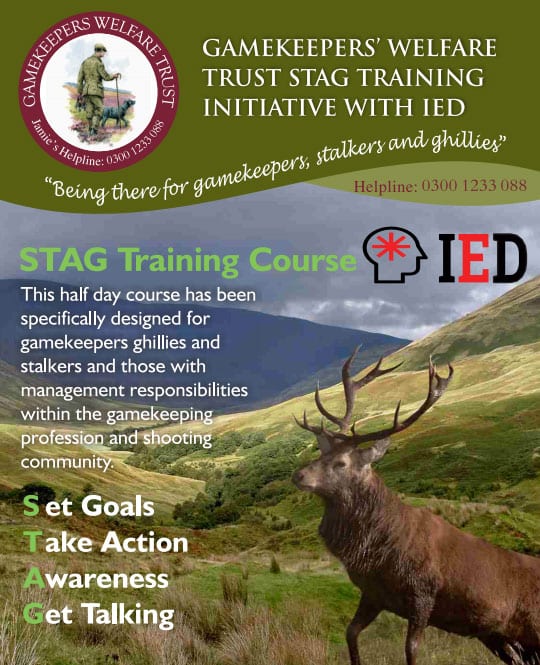Conservation grants
Conservation Grants Conservation grants provide funding for habitat creation, improvement and management. Funding is provided by the European Union and each country in the UK has interpreted and implemented European legislation differently. Since 1 January 2015 there are new European Union funds and new rules apply. England Countryside Stewardship is the

